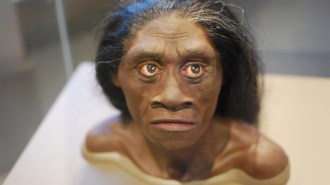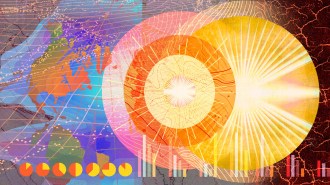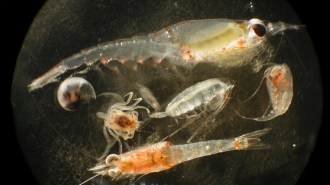Earth’s oldest rocks may be at least 4.16 billion years old
An unconventional dating method aims to settle a dispute over the age of some Canadian rocks
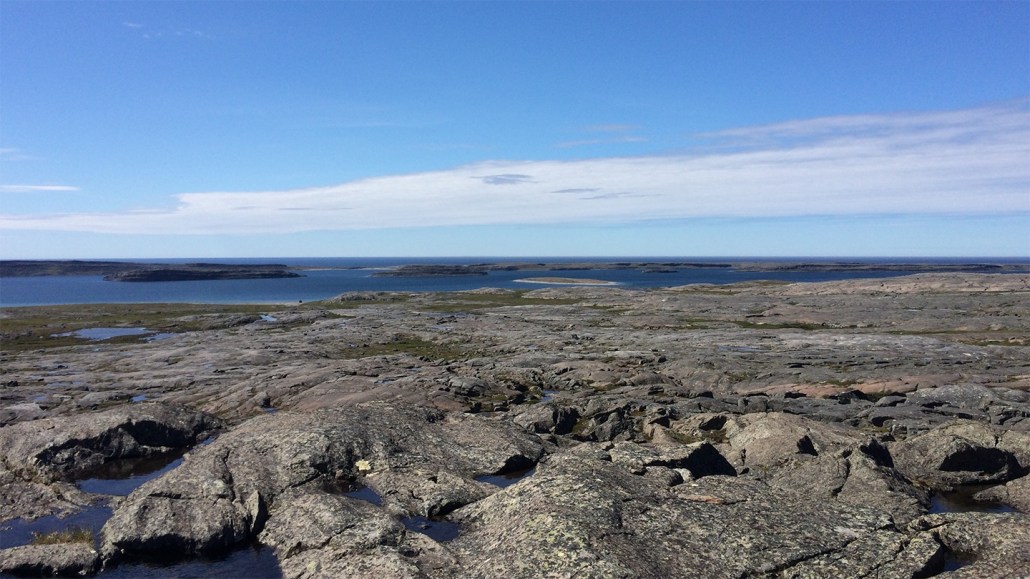
The Nuvvuagittuq Greenstone Belt in Canada may hold the oldest rocks in the world, dating to Earth’s earliest eon, the Hadean.
Jonathan O’Neil
A remote outcrop in Canada harbors rocks that are at least 4.16 billion years old, researchers report June 26 in Science. If true, these rocks would be the oldest known on Earth and the first to date to the planet’s earliest and most mysterious eon.
The finding is the latest salvo in a debate that began in 2008 about the reliability of geochemical methods used to assess the age of this outcrop. In the new study, the scientists bolster their oldest-rock claim by using two distinct methods based on the radioactive decay of elements to date ancient magma that intruded into even older parent rocks. Both methods provided the same 4.16-billion-year-old date.
Earth formed around 4.57 billion years ago, but no surface rocks date back that far. That’s because too much has happened in the interim: During Earth’s first 600 million years, known as the Hadean Eon, the planet was repeatedly pummeled by asteroids, including powerful whacks that kicked off one or more hunks of rock to form the moon. The onset of plate tectonics, possibly as early as 3 billion years ago, has repeatedly remade Earth’s surface through subduction, mountain-building and chemical alteration from extreme heat or pressure. Consequently, most of the planet’s surface is fairly young, geologically speaking.
But some continents, such as North America, have extremely old hearts. These ancient continental centers, known as cratons, are far enough from tectonic plate boundaries to have survived the plate tectonics cycle for billions of years.
One such swath is in northeastern Canada, spanning much of the provinces of Québec and Ontario. “Most of that neck of the woods is known to be 2.7 [billion] to 3 billion years old,” says Jonathan O’Neil, a geologist/geochemist at the University of Ottawa. But there’s an even older part of that craton: a group of rocks in northern Québec known as the Nuvvuagittuq Greenstone Belt, or NGB. It’s at least 3.8 billion years old, among the oldest outcrops in the world. “Today, there are probably five to six known areas with rocks as old as this,” O’Neil says.
But for the past 15 or so years, he and his colleagues have contended that the NGB is even older, kicking off a fierce debate.
The outcrop is “difficult to date because of the composition of the rocks,” O’Neil says. The rocks are basaltic, formed through volcanism on the seafloor. The trouble is, basaltic rocks typically don’t have the right chemical composition to form zircons — the hardy little minerals that offer geologists multiple windows into Earth’s deep past. Zircons contain two isotopes, or forms, of uranium that decay into two types of lead — a twofer that provides dates difficult to disprove.
“Zircons are the gold standard” in radioactive rock dating, O’Neil says. But for the zircon-poor NGB, a different approach was needed. In 2008, O’Neil and colleagues tried something new: They used a different, unconventional isotopic dating method using elements they could identify in the rocks: samarium and neodymium.
The isotope samarium-146 decays into neodymium-142; this radioactive decay has been used to date moon rocks and Martian meteorites but had never been used on Earth rocks, O’Neil says. “Nothing was old enough.” Using that isotopic decay, the 2008 study concluded that the NGB was about 4.3 billion years old.
Controversy ensued. “The skepticism came from three different things,” O’Neil says. One was the unconventional nature of the samarium-neodymium dating method, which some considered potentially less reliable than uranium-lead dating from zircons.
Another issue was that the team had used another samarium-neodymium dating method — the radioactive decay of samarium-147 to neodymium-143 — on the same outcrop, yielding a much younger age of about 3.8 billion years.
But that discrepancy, O’Neil says, can be attributed to the difference in the isotopes’ decay rates. The half-life of samarium-146 is about 96 million years, meaning it was a blink of an eye in geologic time before its radioactive clock stopped ticking. In contrast, the half-life of samarium-147, spans trillions of years — its clock is still ticking today.
“If you’re using a clock that’s still ticking, every time you ‘cook’ the rocks [through tectonic events], you have a risk of resetting that clock,” O’Neil says. “It will record every other event that is high temperature enough.” And that means that longer-lived radioactive clocks are more likely to produce younger ages.
The third issue hinged on how to interpret the ages. The date discrepancy, some researchers said, could indicate past chemical interactions between these rocks and ancient Hadean magma, creating an isotopic mishmash that muddles any age interpretation.
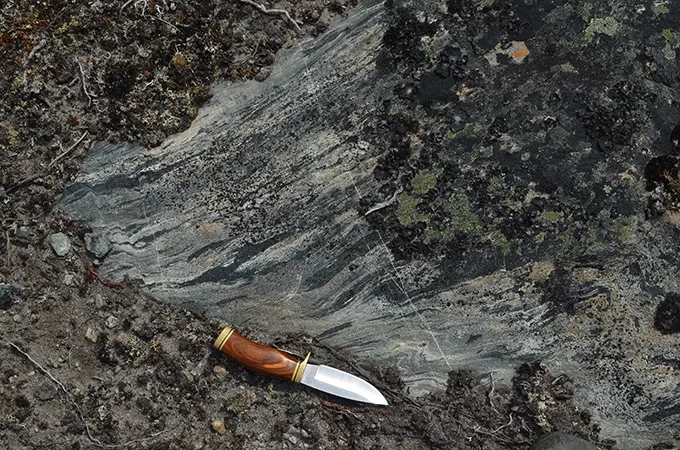
So in the new study, O’Neil and his colleagues intentionally looked for intrusions, places where ancient magma seeped into older rock. That way, the geologic relationship between the intrusions and the rocks they entered would be crystal clear. Then, the team performed the same two types of radioactive dating on the intrusions. This time, both methods came up with the same date: 4.16 billion years.
With that additional geologic evidence, “I have to say that I was for the first time convinced that at least sections of the rocks exposed at Nuvvuagittuq may be of Hadean age,” says Jörg Elis Hoffmann, a geochemist at Freie Universität Berlin who was not involved in the study.
The original study’s results were “provocative, but not wholly convincing,” in part due to the age discrepancy given by the different dating methods, says Richard Walker, a geochemist at the University of Maryland in College Park. But, he says, “it is certainly plausible that the [other] systems represent ages generated by reset processes long after the rocks formed.”
Walker adds that he has come around to the idea that this outcrop really does contain Hadean-aged rocks — the first time that anything other than zircons have been shown to be so old. That’s exciting, he says, because having actual rocks from that time “provides an important window into the chemical and structural state of the Earth during its earliest period.”
